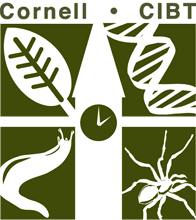Labs & Activities
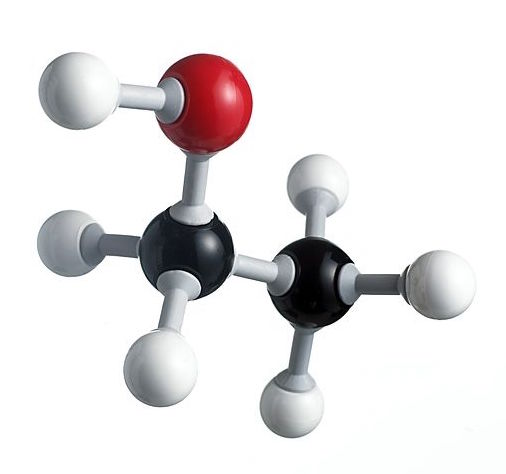
Biological Shapes
High School
Molecular Biology
Physical Sciences
Remember the old salad dressing commercial tag line “…because oil and vinegar don’t mix!” Water has that same love/hate relationship with many other molecules. Through this series of lessons, students will learn about the properties that make other molecules “love” or “hate” water. They will also begin to build a… read more of the article entitled “Biological Shapes”
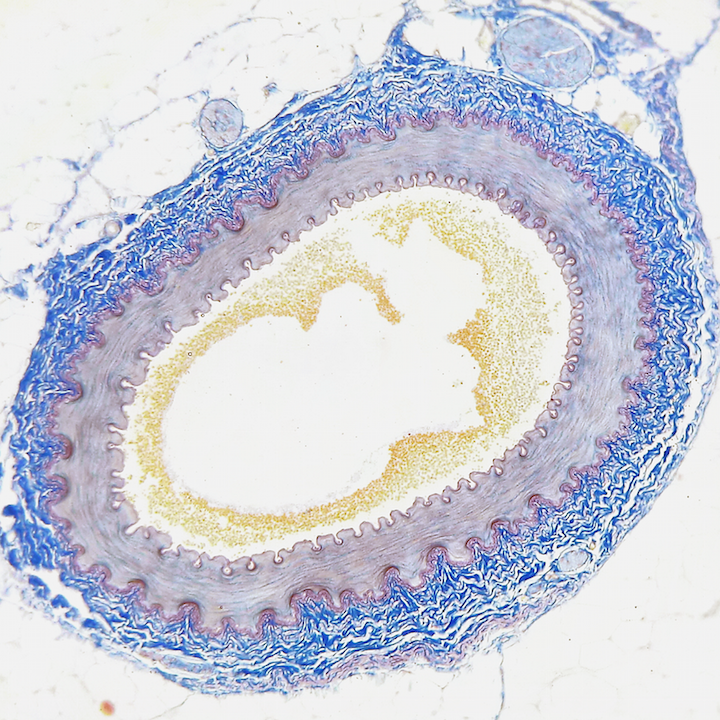
Blood Vessel Physiology
High School
Human Health
Physical Sciences
Physiology
This lab investigates the physical mechanisms by which our blood vessels function in allowing the circulatory system to do its job. Blood vessels are not simply rigid tubes that conduct blood to our tissues like copper pipes carrying water to our houses, nor are they infinitely extensible balloons that can… read more of the article entitled “Blood Vessel Physiology”
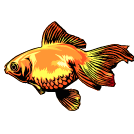
Bottle Ecosystem- Tim Downs
2012 CIBT Alumni Workshop
Animals
Ecology
High School
Inquiry/Scientific Method
Middle School
Physical Sciences
Plants
The objective of this lab is to put together a suitable habitat (ecosystem) that will allow one or two guppies to survive to the end of the school year and beyond. Students will make observations of their ecosystems for the three weeks. The ecosystem in this experiment will be closed,… read more of the article entitled “Bottle Ecosystem- Tim Downs”

Case of the Missing Diamond Maker
Forensics
Middle School
Physical Sciences
Students will learn about some of the techniques of forensic science. They will use fingerprinting, chromatography, and chemistry to gather and analyze evidence left behind at a crime scene. Students will exercise deductive reasoning to evaluate the evidence and determine the criminal’s identity. CIBT has prepared a Missing Diamond Maker… read more of the article entitled “Case of the Missing Diamond Maker”
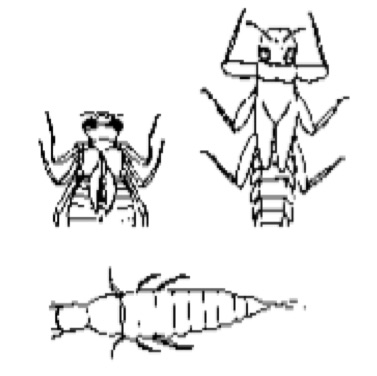
Comparing Aquatic Communities
Animals
Ecology
Evolution
High School
Inquiry/Scientific Method
Insects
Microbiology
Physical Sciences
Plants
Teams of students measure physical and chemical characteristics of different sites in streams and/or ponds and collect benthic invertebrate organisms. They interpret patterns in the structure of the biological community at each site in light of the abiotic (physical and chemical) and biotic nature of the environment. Downloads Comparing Aquatic… read more of the article entitled “Comparing Aquatic Communities”

Diffusion
High School
Inquiry/Scientific Method
Molecular Biology
Physical Sciences
Physiology
This lab uses two different sizes of dialysis tubing to represent cellular and organelle membranes. Students design experiments in which they place solutions of iodine, starch, and glucose on different sides of a membrane. The movement of these materials is monitored with the use of indicator solutions. Students are given… read more of the article entitled “Diffusion”
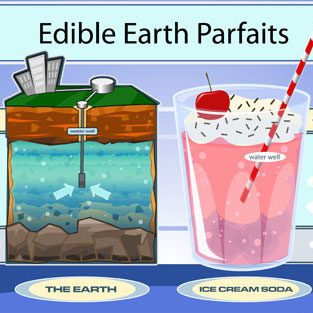
Edible Earth Parfaits- Groundwater Foundation
2012 CIBT Alumni Workshop
Ecology
Elementary School
Middle School
Physical Sciences
This activity uses soda, ice cream, sprinkles, colored sugars, and food coloring to represent the layers of Earth and aquifers under the surface. Students are instructed to “drill a well” with a straw and “pump the well” by sucking on the straw, as they watch the decline in the water… read more of the article entitled “Edible Earth Parfaits- Groundwater Foundation”

Phoot Lab
High School
Human Health
Physical Sciences
Physiology
In this lab students will investigate the application of physical principles to a living organism. Students will analyze the foot and its function as a machine by applying lever mechanics to the “walking” foot. Analysis will incorporate anatomical terms for some of the muscles and bones involved in plantigrade motion…. read more of the article entitled “Phoot Lab”
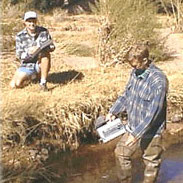
Primary Productivity Lab- modified by Sean McGlynn
2012 CIBT Alumni Workshop
Animals
Ecology
High School
Inquiry/Scientific Method
Physical Sciences
Plants
Students will use LaMotte Test Kits to determine the concentration of dissolved oxygen (DO) in various water samples. The process involves adding some chemicals to the water to “fix” the free oxygen (O2). Once the O2 is fixed, they will add an acid powder, some starch, and titrate to determine… read more of the article entitled “Primary Productivity Lab- modified by Sean McGlynn”
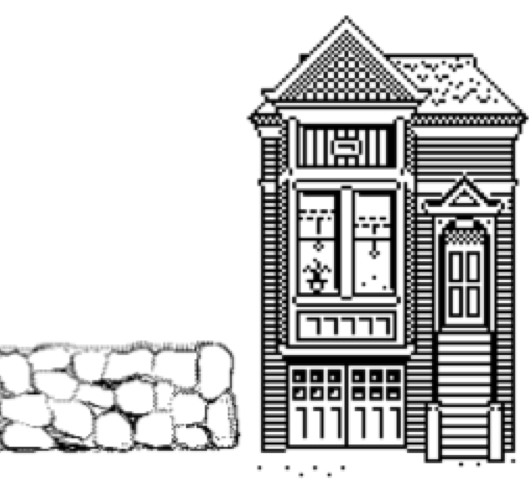
Shake and Break: An Earthquake Simulation
Middle School
Physical Sciences
An earthquake simulator, or seismic table is constructed and then used to test the structural soundness of several types of student built houses. Several different construction materials are used to demonstrate what type best survives an earthquake. Two different geological foundations, bedrock and water-saturated sand, are tested to show the… read more of the article entitled “Shake and Break: An Earthquake Simulation”

